The Measurement of the Stranger
The Measurement of the Stranger
In addition to the sailors and soldiers on the ships of the imperial navy, numerous adventurers as well as countless explorers and expedition travellers were attracted to faraway places in the late 19th century by the fascination of the unknown. Photography accompanied these people on their journeys, initially as heavy plate cameras, and then from the 1880s onwards also with light hand-held cameras.
The photographic view of the world travellers was not initially targeted and captured all kinds of general curiosities in addition to travel highlights. As practical sciences, ethnology and anthropology did not initially have a fixed and theoretically reflected repertoire of methods for photographically documenting or surveying the world. Recordings were initially made by adapting to situations and making use of opportunities. They were not aiming at a complete documentation. Analogous to Humboldt's model, the travelling scholar or naturalist was still a universalist around 1900. Object collections of naturalia and exotica could be "acquired" and shipped home to museums. Photography, however, became the new method of collecting that could fix immaterial observations such as cultural rites and customs.
Photography was an important tool for racial studies, the basic assumptions of which have been disproved today. The measurement of indigenous bodies via so-called anthropometry illustrates the colonialist world view. An indigenous person was not understood as an individual, but was representative of an entire ethnic group and was supposed to illustrate-scientifically measured-their alleged inferiority. Anthropometry was tested by people like the Berlin anatomist, anthropologist and physiologist Gustav Theodor Fritsch or the British naturalist Francis Galton during their expeditions on the African continent. Francis Galton became the father of eugenics, from which the National Socialist doctrine of hereditary healthor racial hygiene grew.
The photographs shown here are evidence of this conditioning of the gaze. Image Patterns shaped the perception of the foreign and made unencumbered approaches and perceptionsof the world almost impossible
Do you know more? Please send us your notes and comments.
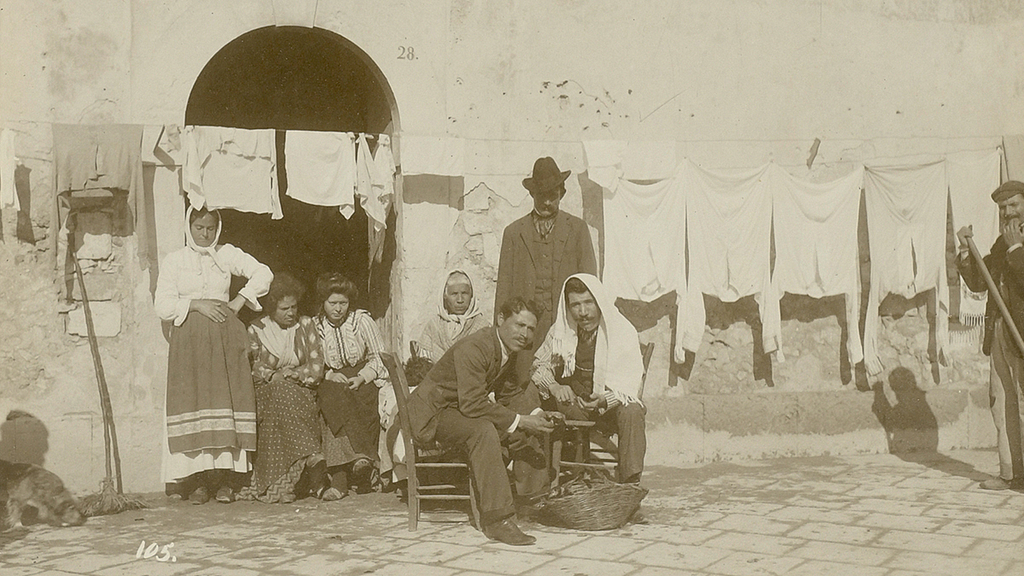
Unbekannter Fotograf: ohne Beschriftung, in: Erinnerungsblätter an die Reise im März 1905 an Bord der THERAPIA © Archiv DSM
Name of the speaker: Joscha Glanert
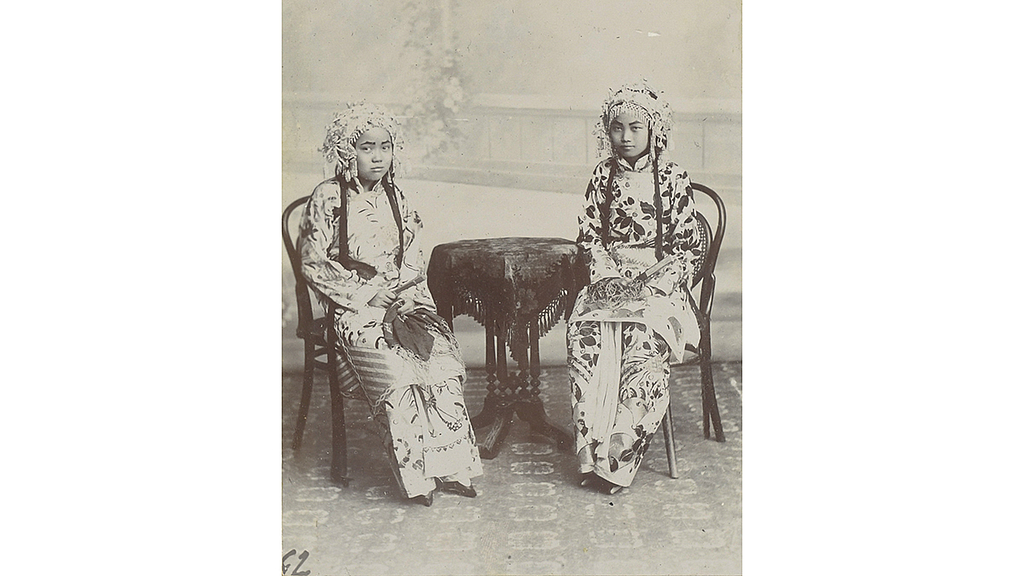
Unbekannter Fotograf: Chinesinnen, in: Ostasienreise S.M.S. GNEISENAU, 1909 - 1914 © Archiv DSM
Name of the speaker: Joscha Glanert
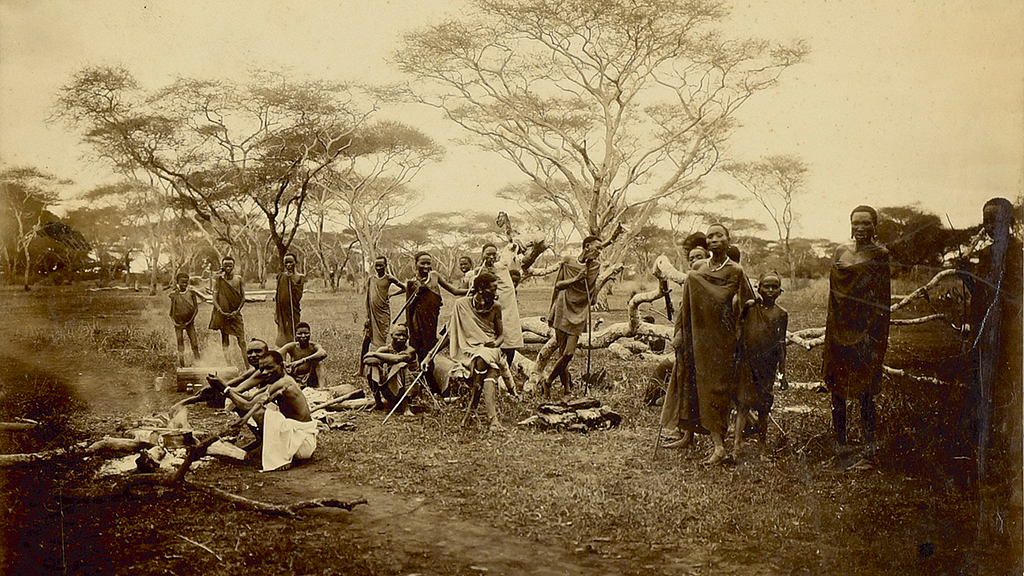
Unbekannter Fotograf: N****-Lager, in: S.M.S. DEUTSCHLAND. Ostasienreise, 1897 © Archiv DSM [Die historische Bildunterschrift gibt rassistische Sprache wieder und wurde geändert]
Name of the speaker: Anton Rendigs
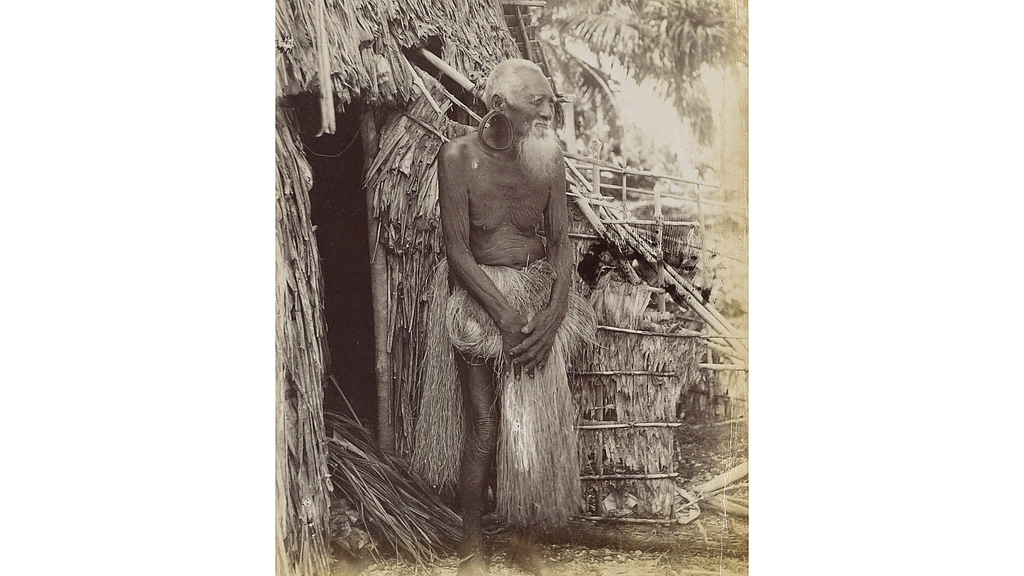
Unbekannter Fotograf: Der älteste Bewohner Hioko, in: Südsee-Erinnerungen. Tanga - Sydney - Auckland - Apia - Samoa, 1895 - 1897 © Archiv DSM
Name of the speaker: Luik Folkerts
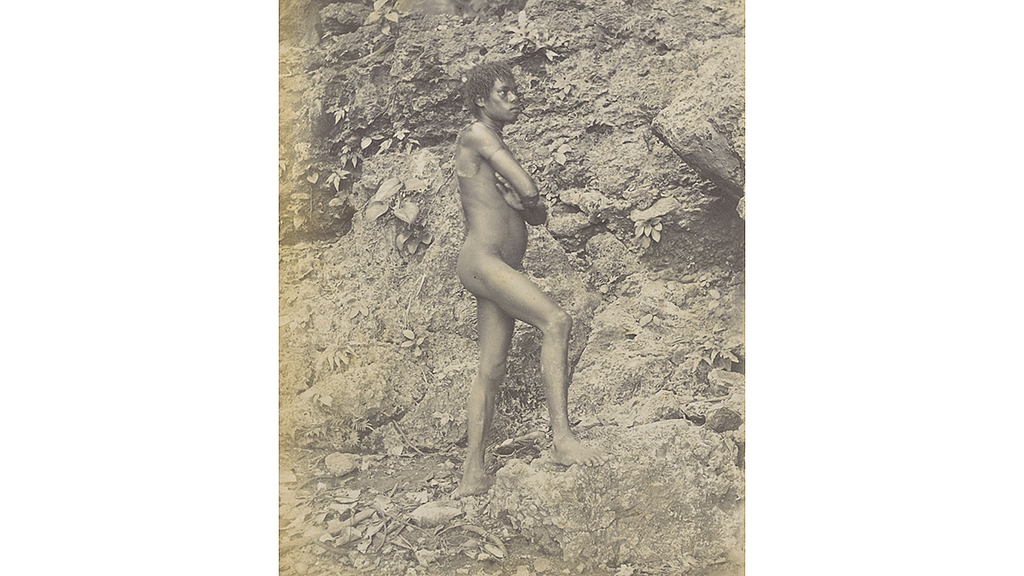
Unbekannter Fotograf: Samoaner, in: Südsee-Erinnerungen. Tanga - Sydney - Auckland - Apia - Samoa, 1895 - 1897 © Archiv DSM
Name of the speaker: Louis Wellkamp
